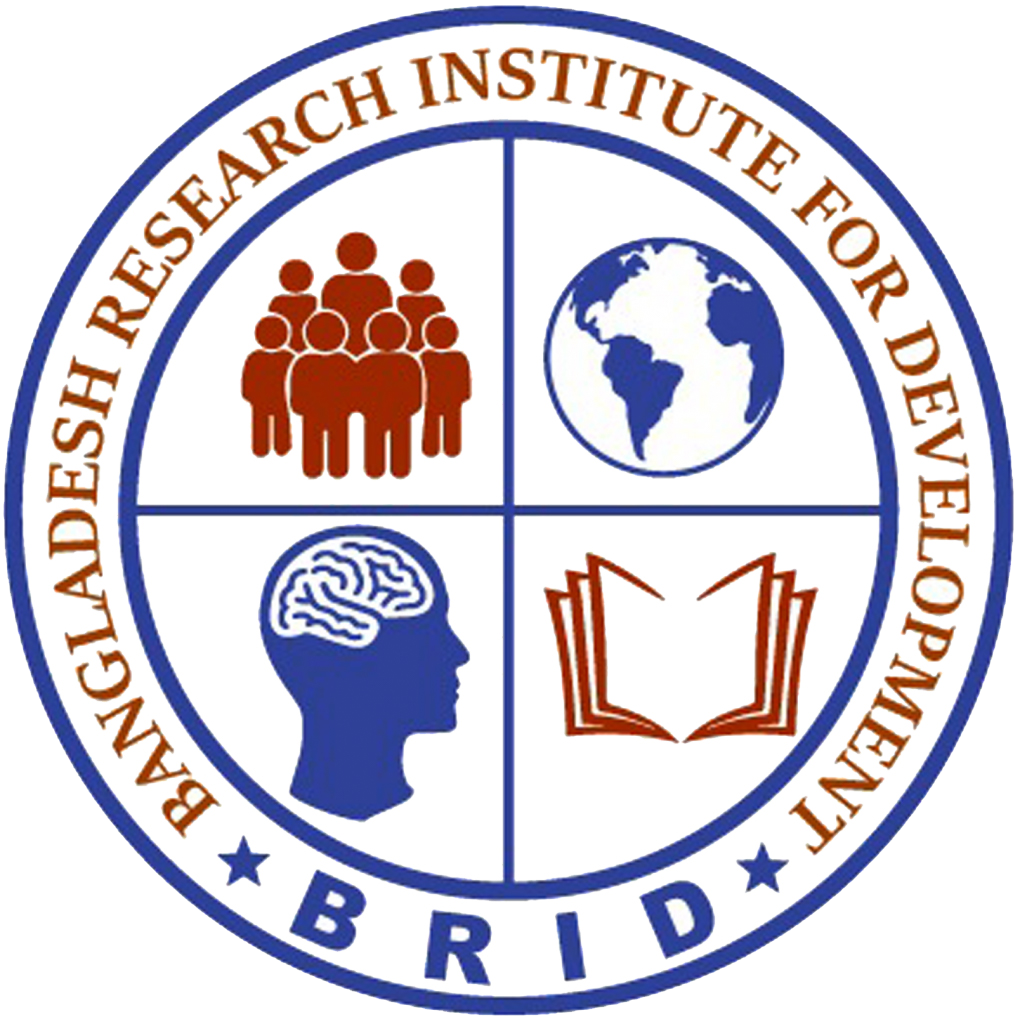Executive Summary
Bangladesh is one of the densely populated countries of the world and most of the people are unaware of their drinking water quality. Groundwater is a major source for drinking water in Bangladesh. Depending on different topographical, geographical and hydro-geological conditions, groundwater may be contaminated through various geochemical reactions. Arsenic, iron and manganese are most common contaminants in the groundwater of Bangladesh. In addition, sanitation, drainage facility and sewerage water management systems are very weak, which causes microbial pollution in groundwater of shallow aquifer, the main drinking water sources in many areas of Bangladesh. The use of polluted water for drinking and other household purposes is one of the main causes of many waterborne diseases every year.
Kurigram district is located in the north-western part of Bangladesh. The Brahmaputra River (the Jamuna downstream) is situated on the east, causing river erosion due to the flood during the monsoon every year. Thus, many people lost their houses and took shelter in slums in the Kurigram Municipality. Their knowledge on WASH is poor and most of them face difficulties in obtaining safe drinking water. Hence Eco-Social Development Organization (ESDO) intervened with a 3-year project titled “Max Value for WASH in Urban Slums Project” in Kurigram Municipality with a view to increasing the WASH knowledge of people in slums and supplying safe drinking water to them. The project is funded by the Max Foundation in the Netherlands.
In Kurigram deep tube wells are not suitable due to identified critical hydro-geological situation; namely, gravel layers underground. People are dependent on STWs but arsenic, iron, manganese and microbial contaminations are most common in shallow aquifers in the area. ESDO requested AAN, therefore, to conduct this water quality survey. (to be continued)

